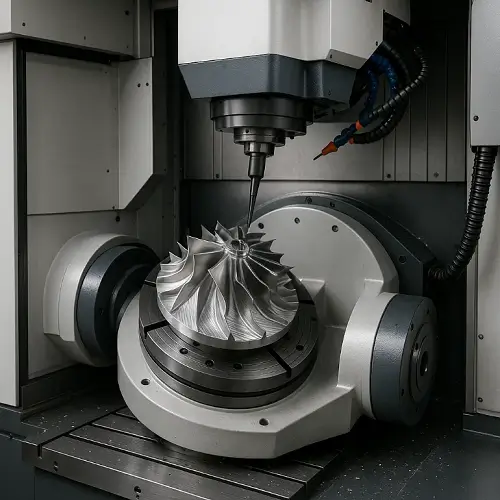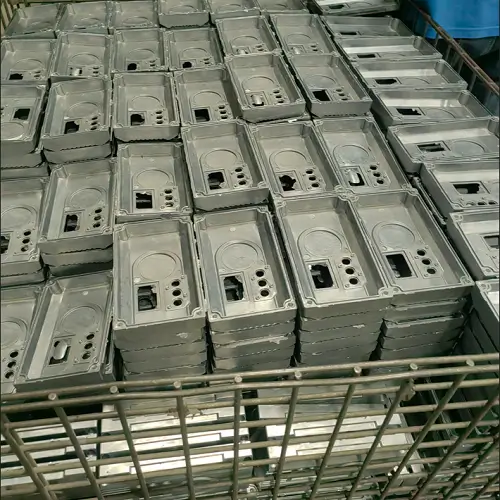17-4 PH stainless steel is one of the most widely used precipitation-hardening stainless steels. The alloy offers a unique combination of high strength, hardness, corrosion resistance, and good machinability, making it suitable for demanding applications in aerospace, defense, medical, oil and gas, and general engineering. Its balance of mechanical performance and fabricability places it in a category where engineers often compare it against other martensitic and austenitic stainless steels.
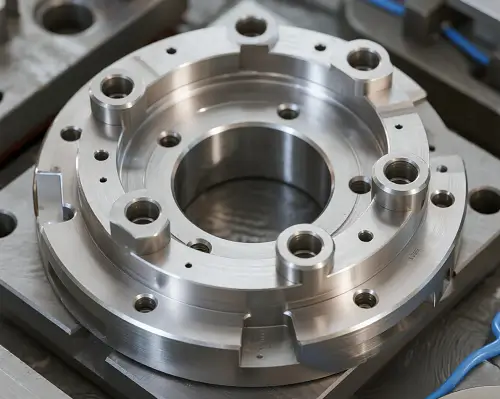
What is 17-4 PH stainless steel
17-4 PH stainless steel, also known as UNS S17400 or ASTM A564 grade 630, is a martensitic precipitation-hardening stainless steel. It combines high strength, hardness, and corrosion resistance in a single material, achieved through a unique heat treatment process called precipitation hardening. The microstructure allows designers to balance mechanical strength and corrosion resistance by selecting different heat treatment conditions, making 17-4 PH one of the most versatile stainless steels for aerospace, energy, and precision machining industries.
Chemical Composition of 17-4 PH Stainless Steel
The alloy belongs to the martensitic precipitation-hardening group, hardened by adding copper and niobium. The composition provides both stainless corrosion resistance and precipitation hardening capability after heat treatment.
| Element | Typical Content (wt%) |
|---|---|
| Chromium (Cr) | 15.0 – 17.5 |
| Nickel (Ni) | 3.0 – 5.0 |
| Copper (Cu) | 3.0 – 5.0 |
| Niobium + Tantalum (Nb + Ta) | 0.15 – 0.45 |
| Manganese (Mn) | ≤ 1.0 |
| Silicon (Si) | ≤ 1.0 |
| Carbon (C) | ≤ 0.07 |
| Phosphorus (P) | ≤ 0.04 |
| Sulfur (S) | ≤ 0.03 |
| Iron (Fe) | Balance |
This chemistry results in an alloy that transforms to martensite during cooling from solution treatment, while copper precipitates provide significant strengthening during aging.
Mechanical Properties
17-4 PH is known for its high tensile strength compared to conventional stainless steels. The mechanical properties depend strongly on the aging condition.
| Heat Treatment Condition | Tensile Strength (MPa) | Yield Strength (MPa) | Elongation (%) | Hardness (HRC) |
|---|---|---|---|---|
| Solution Annealed (Condition A) | ~930 | ~520 | 20 | 28 |
| H900 | ~1310 | ~1170 | 10 | 44 |
| H1025 | ~1170 | ~1000 | 12 | 38 |
| H1150 | ~1070 | ~965 | 14 | 33 |
The H900 condition provides the maximum strength, while overaging to H1150 sacrifices some strength in exchange for higher toughness and better stress corrosion resistance.
Heat Treatment Process
The alloy is delivered in solution-annealed condition. Heat treatment cycles determine the final properties:
-
Solution Treatment at 1020–1050 °C followed by air cooling to produce martensite.
-
Aging Treatment between 480–620 °C, depending on target properties. Lower temperatures (around 480–500 °C, H900 condition) maximize strength, while higher temperatures (around 620 °C, H1150 condition) provide better toughness and dimensional stability.
-
Double Aging or H1150M treatment is sometimes used in components requiring both corrosion resistance and impact strength, for example in aerospace shafts or nuclear valves.
Dimensional changes during heat treatment are relatively small, which makes the material suitable for precision parts.
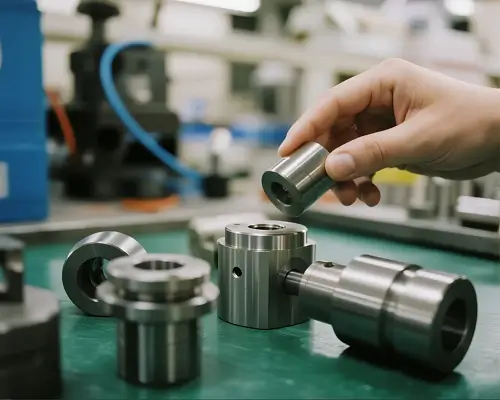
Corrosion Resistance
The alloy demonstrates corrosion resistance close to 304 stainless steel under general environments. In chloride-containing atmospheres, pitting can occur, but resistance is higher than most martensitic grades such as 410 or 420. Stress corrosion cracking resistance improves in the overaged condition (H1150). For marine environments, engineers often specify additional coatings or select duplex stainless steels if long-term immersion is required.
Machinability and CNC Considerations
17-4 PH stainless steel machines better than many other high-strength stainless steels, especially in the solution-annealed state. The machinability index is around 60% compared to free-machining 416 stainless steel. Cutting in aged conditions is more challenging due to increased hardness, and tool wear must be controlled.
In CNC turning and milling, carbide tooling with optimized cutting speeds and feeds is recommended. Lower speeds and rigid fixturing help avoid chatter. When tight tolerances are required, many shops machine the material in the annealed condition, leaving finishing stock for final passes after aging. Grinding and EDM are also common finishing processes used on hardened parts.
Applications of 17-4 PH Stainless Steel
Because of its high strength-to-weight ratio and balanced corrosion resistance, 17-4 PH stainless steel is used in several critical industries:
-
Aerospace: turbine engine components, shafts, fasteners, and structural parts requiring both high strength and fatigue resistance.
-
Medical: surgical instruments, orthopedic implants, dental tools, where hardness and corrosion resistance are needed simultaneously.
-
Oil and Gas: pump shafts, valve components, drilling tools that face high stress and corrosive environments.
-
Nuclear Industry: reactor components and control rod parts that demand dimensional stability under radiation and temperature fluctuations.
-
General Engineering: molds, dies, precision gears, and high-performance mechanical parts.
Its versatility reduces the need for multiple alloy choices in environments requiring both mechanical and corrosion performance.
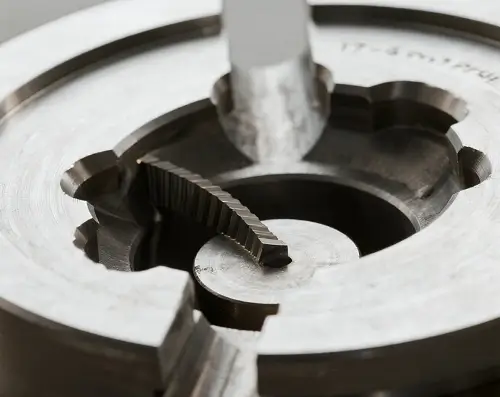
Welding and Fabrication
Weldability of 17-4 PH is generally good, though post-weld heat treatment is necessary to restore properties. GTAW and GMAW are commonly applied. Preheating is not required, but slow cooling and subsequent aging treatment are essential. The alloy can be formed and cold worked in the annealed condition, although ductility is lower than in austenitic steels.
Comparison with Other Stainless Steels
Compared to 304 stainless steel, 17-4 PH offers far higher strength but less ductility. Against 316 stainless steel, it provides better mechanical properties but slightly inferior pitting resistance in chloride conditions. Duplex steels surpass 17-4 PH in corrosion resistance, yet are more challenging to machine. The combination of strength, hardness, and moderate corrosion resistance keeps 17-4 PH unique in its role.
Precision CNC Machining with 17-4 PH Stainless Steel
JeekRapid provides CNC machining services specialized in stainless steels, including precipitation-hardening grades such as 17-4 PH. With advanced machining centers, controlled heat treatment processes, and strict inspection standards, JeekRapid ensures mechanical accuracy and consistent quality from prototypes to large-scale production. Engineers rely on JeekRapid for components that require tight tolerances, complex geometries, and reliable material performance.Get a quote.
FAQ
Is 17-4 PH stainless steel magnetic?
Yes. 17-4 PH stainless steel is martensitic and magnetic after heat treatment, unlike non-magnetic austenitic grades such as 304 or 316.
Can 17-4 PH stainless steel be used in marine applications?
It performs better than martensitic grades like 410, but its seawater resistance is not as strong as 316L. For splash-zone and short-term exposure, it is suitable, but for long-term immersion, 316 or duplex grades are preferred.
How strong is 17-4 PH compared to carbon steel?
In the H900 condition, 17-4 PH can exceed 1300 MPa tensile strength, far higher than most carbon steels, allowing thinner or lighter components with the same strength.
Is 17-4 PH stainless steel heat treatable?
Yes. Supplied solution-annealed, it achieves its full properties after aging at 480–620 °C. Conditions such as H900, H1025, and H1150 allow adjustment of toughness and corrosion resistance.
How does 17-4 PH machine compared to 304 stainless steel?
It machines harder than 304, especially in aged states. In solution-annealed condition, machinability is acceptable using carbide tools and optimized cutting speeds.
What are the typical applications of 17-4 PH stainless steel?
Used in aerospace turbine blades, medical instruments, oilfield valves, nuclear reactor parts, and marine shafts, where both strength and corrosion resistance are required.
Is 17-4 PH stainless steel suitable for welding?
Yes. It can be welded by TIG or MIG, but post-weld heat treatment is recommended to restore uniform properties and relieve stress.

